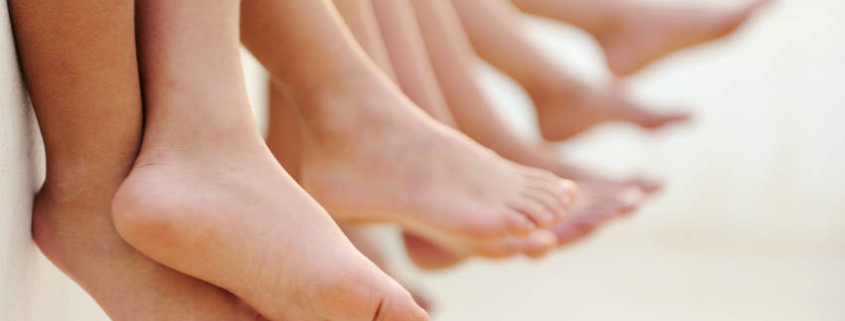Growing Pains in Children?
Can growing be painful? Do you remember being told by your parents that the pain you were experiencing was a ‘growing pain’? Believe it or not, your parents were probably right. What causes growing pains? Dr Guy Ashburner, an Osteopath in Cape Town, says that during rapid growth phases, the child’s bone lengthens before his muscles and tendons are able to stretch correspondingly. After one to three hours of rest, this imbalance causes a build-up of fluid within the connective tissues and this is what causes the pain. Who gets them? Children between the ages of 3 and 5 generally experience growing pains, but they can occur later between the ages of 8 and 12. How do they feel? As a rule, the pain is in the front of the thighs, in the calves or the back of the knees and it often involves both legs. The pain can be quite intense and can vary considerably in frequency and intensity. While some children awaken crying with pain, others complain of a dull discomfort. When do they occur? Growing pains happen at night and are gone by morning. They occasionally occur at the end of the day but never during the day.
How do I treat them? The paediatrician: Massage Stretch the leg muscles Apply warm compresses Paediatrician in Cape Town, Dr Carl Wicht warns that “it is important to ensure that these activities don’t aggravate the pain, as that may point to another cause. Should there be an area of local tenderness, warmth or swelling, this should be assessed by a doctor. The legs should therefore still look normal with good joint movement and no limping during the day.” The osteopath: Release the build-up of fluid through osteopathic treatment. Treat other areas of the body. According to Dr Ashburner, osteopathic treatment is very effective at treating growing pains. “Recently two children required only one treatment each to resolve all their symptoms,” he says. “Other restrictions in the body may predispose the child to growing pains and by treating these as well as the symptomatic area, osteopathy offers a holistic approach.” The physiotherapist: Educate Prevent As growing pains can be exacerbated or even caused by excessive training programmes, education and prevention is what Trish Lang, Cape Town Physiotherapist, advises. If the pain occurs, there is much that physiotherapy can do to ease muscle spasms and cramps.
The naturopath: Calcium and Magnesium for muscle cramps Apply massage oil if the pain is acute. Naturopath, Tiva Luckett advises parents to examine their child’s diet and ensure that he is getting enough nutrients and whole-foods. What if it’s something more serious? The following table will help you distinguish between growing pains and other, more serious conditions. If you can answer ‘yes’ to any of the questions in the second column, the pain could be related to another illness: Is the child healthy? Or is he pale and suffering from a fever or a rash? Does the pain affect either leg at one time or another? Or does it affect only one leg regularly? Does it occur between the joints? Or is it located in the joint? Does it occur only at night? Or night and day? Does it subside within 10 to 20 minutes? Or is it prolonged and chronic? Is it intermittent? Or persistent? Does the child walk normally? Or does he limp or refuse to walk? Does the leg look normal? Or is there redness or swelling? Both Dr Ashburner and Dr Wicht agree that if parents are unsure, they should not to make their own diagnoses, but rather consult a professional.
Source – Women24
View a list of common complains that Osteopathy can assist with
Discovery the benefits of Osteopathy
- What is Osteopathy?
- Adult health issues
- Babies and Children
- During and after pregnancy
- Common Complaints
- Testimonials
- Sports Injuries
- Genral Osteopathy FAQs
- The Science & Reasearch



